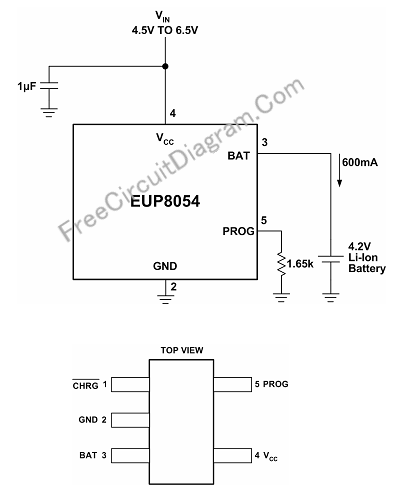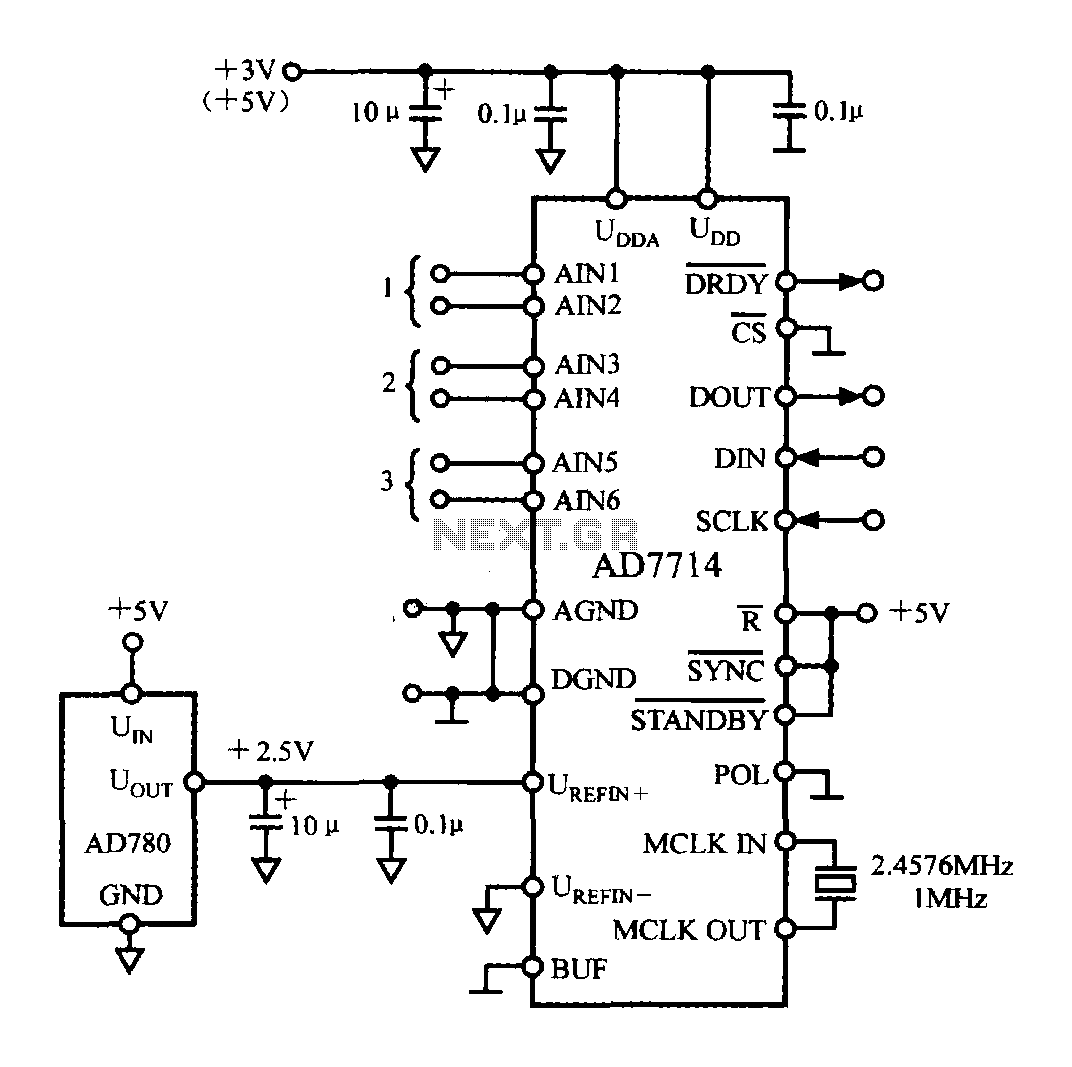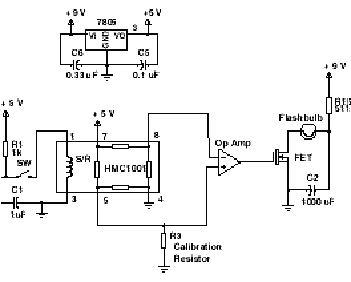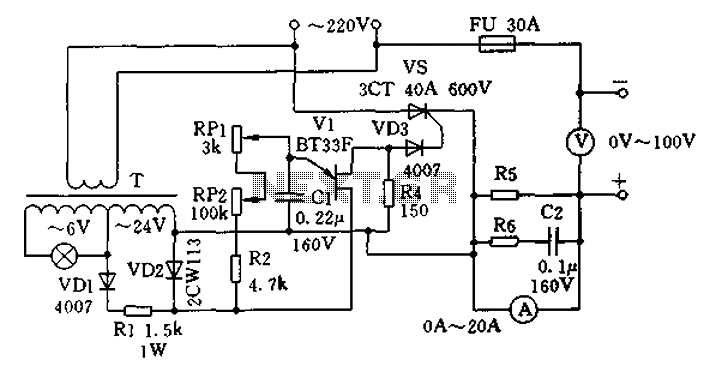
Moving Charge Sensor of J. Ahern
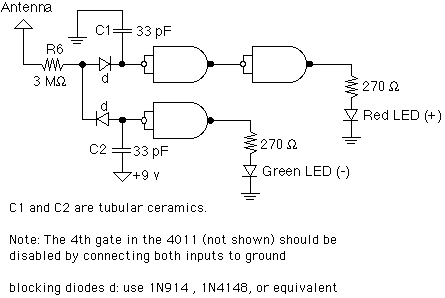
An affordable electronic device useful for demonstrating electrostatic phenomena. Ahern's instrument serves as an effective substitute for the tonal electrostatic voltmeter. It provides polarity-dependent information about electric charge motion that conventional instruments do not offer. This apparatus is easy to construct and is designed for monitoring static charge. Ahern's instrument distinguishes itself from other charge detection devices, such as the conventional leaf electroscope and the tonal electrostatic voltmeter, by responding to the movement of positive (+) and negative (-) electric charges toward or away from a sensing electrode. It is similar to commercially available electrostatic charge monitors used in electronics assembly areas to detect conditions that may damage sensitive electronic components. The device is compact and portable, powered by a 9-volt battery, with a visual output. Its construction requires minimal soldering skills and can be conveniently packaged in a small, shielded box. A short, telescoping cellular telephone antenna serves as the sensing electrode, retracting into the box when not in use. The instrument is primarily sensitive to the movement of charge rather than its presence. When negative charge approaches, a green LED illuminates, while a red LED lights up for positive charge. As negative charge recedes, the green LED changes to red, and vice versa for positive charge. If a balance between positive and negative charges is achieved, both LEDs can light up, although this balance is delicate due to the high input impedance of the CMOS gates. In the absence of charge, neither LED lights. The instrument is more sensitive than most handheld charge detectors. During demonstrations of electrostatic phenomena, such as triboelectrification, the moving charge sensor can detect charge and determine its polarity. The circuit consumes very little current, allowing for extended battery life. The core of this budget-friendly circuit, as shown in the schematic below, is a quad CMOS NAND gate integrated circuit (4011). The circuit effectively utilizes the static sensitivity of CMOS IC devices. Only three of the four NAND gates in the IC are utilized, with the input of the fourth gate grounded. A 3 MΩ series resistor protects the chip from ESD damage, while capacitors bias the gates to a quiescent state. Resistors in the ~10 GΩ range may also be used, but Ahern specifies tubular ceramic capacitors, which are less expensive and more readily available, despite their small leakage current. Additionally, the charge storage feature of the capacitors introduces incidental phase lag between the two detection circuits, allowing both LEDs to remain lit under certain conditions.
This electronic instrument is designed to provide a practical and educational tool for exploring electrostatic principles. The compact design and ease of assembly make it accessible for educational purposes, enabling students and enthusiasts to engage with concepts of charge movement and polarity in a hands-on manner. The use of a CMOS NAND gate integrated circuit as the primary component leverages the inherent sensitivity of CMOS technology, allowing for precise detection of charge movement. The visual indicators (LEDs) provide immediate feedback, making it easy to observe the effects of static electricity in real time.
The choice of a telescoping antenna as a sensing electrode enhances the instrument's usability, allowing for easy storage and deployment. The instrument's sensitivity to the movement of charge, rather than merely its presence, opens up opportunities for demonstrations and experiments that illustrate dynamic electrostatic phenomena. Furthermore, the design's low power consumption ensures longevity in battery life, making it suitable for extended use in educational settings or demonstrations.
Overall, Ahern's instrument stands out as a versatile and effective tool for teaching and understanding electrostatic principles, providing an engaging way to visualize and measure electric charge dynamics. The simplicity of its design, combined with the effectiveness of its operation, makes it an invaluable addition to any educational toolkit focused on electronics and physics.An inexpensive electronic instrument useful in demonstrating electrostatic phenomena. First, Ahern`s instrument can be employed as an inexpensive and effective substitute for the tonal electrostatic voltmeter. Second, the instrument provides polarity-dependent information about electric charge motion that other, more conventional instruments do not provide.
Third, this apparatus is a very easily built electronic-based instrument for monitoring static charge. What distinguishes Ahern`s instrument from other charge detection and measurement apparatuses used in electrostatics demonstrations, such as the conventional leaf electroscope and the tonal electrostatic voltmeter, is that Ahern`s device responds to the movement of positive (+) and negative (-) electric charge toward or away from a sensing electrode. As such, the instrument is probably most closely akin to some of the electrostatic charge monitors now commercially available and routinely installed in electronics assembly areas to detect conditions that might cause damage to sensitive electronics components during assembly.
The instrument is small and portable, it operates on a 9 volt battery, and the output is visual. Furthermore, its construction requires only minimal skills with a soldering iron and other simple tools, and it can be packaged very conveniently in a small, shielded box. Refer to the photo at the left. A short, telescoping cellular telephone antenna mounted so that it retracts into the box when not in use, serves as a sensing electrode.
The instrument is sensitive primarily to the movement of charge rather than to its presence. Thus, when the approach of negative charge is sensed, the green LED comes on, while the red LED lights if positive charge is approaching. As negative charge starts to recede from the sensing electrode, the green changes to red, while red changes to green as positive charge recedes.
If a condition of balance can be achieved between positive and negative, then both LED`s can be made to light up; this balance is exquisitely delicate due to the very high input impedance of the cmos gates. In the absence of any charge, neither LED lights up. The instrument is much more sensitive than most hand-held charge detectors. During demonstrations of electrostatic phenomena - for example, triboelectrification - the moving charge sensor can be used to sense the charge and to determine its sign.
The circuit draws very little current, so the instrument can be operated for extended periods of time without draining the battery. The heart of this inexpensive circuit, the schematic of which is shown below, is a quad cmos NAND gate integrated circuit (4011).
Experienced circuit designers will smile when they recognize that this circuit beneficially exploits the notorious static sensitivity of cmos IC devices. Only three of the four NAND gates in the IC are actually used in the instrument; the input of the fourth gate should be grounded.
The 3 MW series resistor protects the chip from ESD damage, while the capacitors serve the primary function of biasing the gates to a quiescent state. Resistors in the ~10 GW range may be used instead, but the capacitors - Ahern specifies tubular ceramics - with their very small but not negligible leakage current, work just as well and are definitely cheaper and more readily available.
In addition, the charge storage feature of the capacitors introduces some incidental phase lag between the two detection circuits that permits both LEDs to remained lig 🔗 External reference
This electronic instrument is designed to provide a practical and educational tool for exploring electrostatic principles. The compact design and ease of assembly make it accessible for educational purposes, enabling students and enthusiasts to engage with concepts of charge movement and polarity in a hands-on manner. The use of a CMOS NAND gate integrated circuit as the primary component leverages the inherent sensitivity of CMOS technology, allowing for precise detection of charge movement. The visual indicators (LEDs) provide immediate feedback, making it easy to observe the effects of static electricity in real time.
The choice of a telescoping antenna as a sensing electrode enhances the instrument's usability, allowing for easy storage and deployment. The instrument's sensitivity to the movement of charge, rather than merely its presence, opens up opportunities for demonstrations and experiments that illustrate dynamic electrostatic phenomena. Furthermore, the design's low power consumption ensures longevity in battery life, making it suitable for extended use in educational settings or demonstrations.
Overall, Ahern's instrument stands out as a versatile and effective tool for teaching and understanding electrostatic principles, providing an engaging way to visualize and measure electric charge dynamics. The simplicity of its design, combined with the effectiveness of its operation, makes it an invaluable addition to any educational toolkit focused on electronics and physics.An inexpensive electronic instrument useful in demonstrating electrostatic phenomena. First, Ahern`s instrument can be employed as an inexpensive and effective substitute for the tonal electrostatic voltmeter. Second, the instrument provides polarity-dependent information about electric charge motion that other, more conventional instruments do not provide.
Third, this apparatus is a very easily built electronic-based instrument for monitoring static charge. What distinguishes Ahern`s instrument from other charge detection and measurement apparatuses used in electrostatics demonstrations, such as the conventional leaf electroscope and the tonal electrostatic voltmeter, is that Ahern`s device responds to the movement of positive (+) and negative (-) electric charge toward or away from a sensing electrode. As such, the instrument is probably most closely akin to some of the electrostatic charge monitors now commercially available and routinely installed in electronics assembly areas to detect conditions that might cause damage to sensitive electronics components during assembly.
The instrument is small and portable, it operates on a 9 volt battery, and the output is visual. Furthermore, its construction requires only minimal skills with a soldering iron and other simple tools, and it can be packaged very conveniently in a small, shielded box. Refer to the photo at the left. A short, telescoping cellular telephone antenna mounted so that it retracts into the box when not in use, serves as a sensing electrode.
The instrument is sensitive primarily to the movement of charge rather than to its presence. Thus, when the approach of negative charge is sensed, the green LED comes on, while the red LED lights if positive charge is approaching. As negative charge starts to recede from the sensing electrode, the green changes to red, while red changes to green as positive charge recedes.
If a condition of balance can be achieved between positive and negative, then both LED`s can be made to light up; this balance is exquisitely delicate due to the very high input impedance of the cmos gates. In the absence of any charge, neither LED lights up. The instrument is much more sensitive than most hand-held charge detectors. During demonstrations of electrostatic phenomena - for example, triboelectrification - the moving charge sensor can be used to sense the charge and to determine its sign.
The circuit draws very little current, so the instrument can be operated for extended periods of time without draining the battery. The heart of this inexpensive circuit, the schematic of which is shown below, is a quad cmos NAND gate integrated circuit (4011).
Experienced circuit designers will smile when they recognize that this circuit beneficially exploits the notorious static sensitivity of cmos IC devices. Only three of the four NAND gates in the IC are actually used in the instrument; the input of the fourth gate should be grounded.
The 3 MW series resistor protects the chip from ESD damage, while the capacitors serve the primary function of biasing the gates to a quiescent state. Resistors in the ~10 GW range may be used instead, but the capacitors - Ahern specifies tubular ceramics - with their very small but not negligible leakage current, work just as well and are definitely cheaper and more readily available.
In addition, the charge storage feature of the capacitors introduces some incidental phase lag between the two detection circuits that permits both LEDs to remained lig 🔗 External reference
